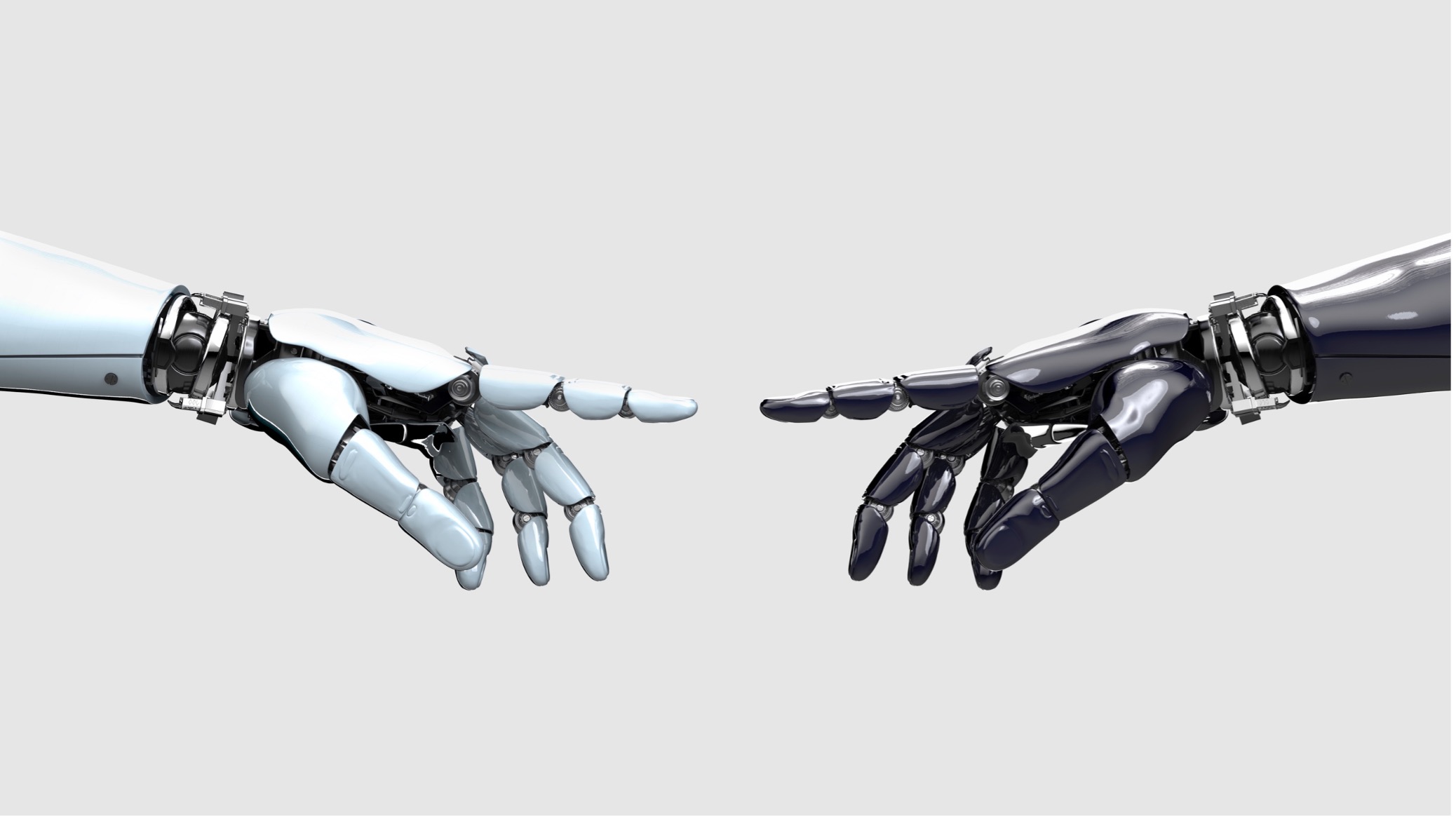
Impact of RPA automation on truck route optimization efficiency
How does automation improve truck route optimization? 🚚🤖 We are

How does automation improve truck route optimization? 🚚🤖 We are

Example from the medical industry – how to start automation?

What out-of-the-box benefits can automation bring? 🤔 There is much